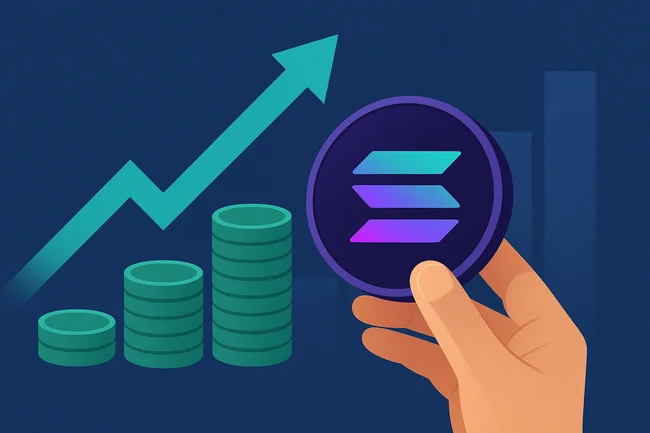Low-latency blockchain refers to blockchain networks designed to achieve rapid transaction processing and confirmation. These systems focus on minimizing the time it takes for a transaction to be verified and added to the blockchain.High latency can lead to delays that affect user experience, especially in applications requiring quick payments or real-time data. Low-latency blockchains use various techniques, such as optimized consensus algorithms and sharding, to enhance speed and efficiency.One key benefit of low-latency blockchains is their suitability for high-frequency trading and decentralized applications where timely execution is crucial. They can also improve scalability, allowing the network to handle more transactions without slowing down.Overall, low-latency blockchains aim to provide faster transaction times while maintaining security and decentralization, making them attractive for both users and developers.

Bank of Japan Weighs Additional Rate Hikes as Inflation Persists
The Bank of Japan will continue to raise interest rates if economic and price trends progress as expected, Deputy Governor



